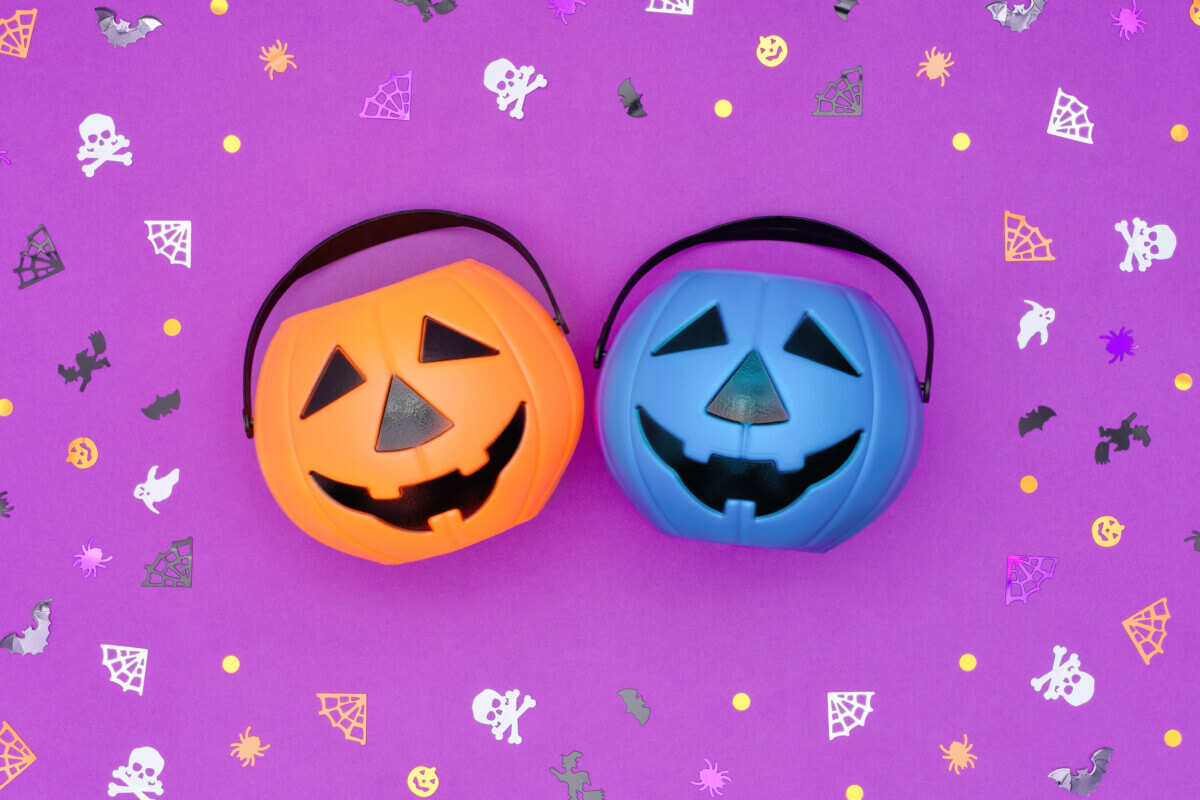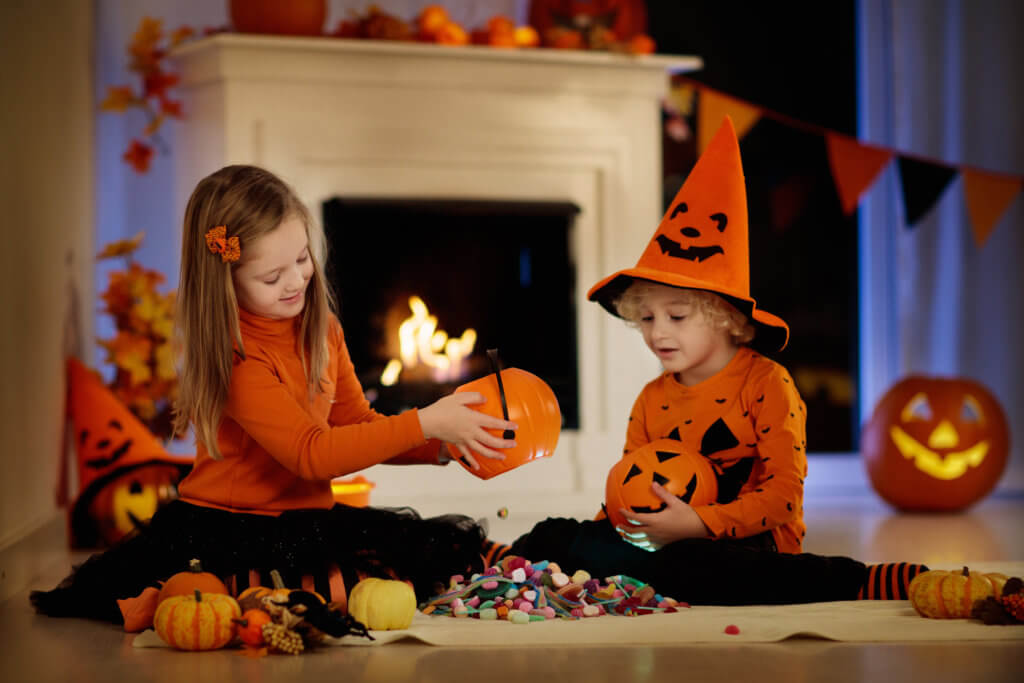
Happy Halloween for everyone. Blue pumpkin jack-o-lantern. (© NikonLamp - stock.adobe.com)
NEW YORK — Halloween is here again. As kids swarm through their local neighborhoods in search of candy, parents of trick-or-treaters and those giving out goodies should keep an eye out for a very important sign — blue pumpkins. At first glance, many might think this is just a fun decoration of the season, but the blue (or teal) pumpkin actually has a special meaning that helps all children have a fun Halloween.
Blue pumpkins have become a popular symbol of autism awareness and inclusion on Halloween. Trick-or-treaters carrying blue pumpkins or visiting homes with blue pumpkin displays may be autistic or non-speaking. This is a signal to caregivers and neighbors to be patient and understanding and to offer alternative treats to candy, such as small toys or trinkets if necessary.
Why blue?
The color blue is often associated with autism awareness. It is thought to represent the calmness and peace that many autistic people find within themselves. Additionally, blue is one of the primary colors, which symbolizes the diversity of the autism spectrum.
What does a blue pumpkin mean for trick-or-treaters?
For autistic trick-or-treaters, blue pumpkins can provide a sense of comfort and belonging. It can also be a way to signal to others that they may need extra support or understanding. For example, some autistic children may have difficulty saying “trick-or-treat” or making eye contact. Seeing a blue pumpkin can help caregivers and neighbors know that these children are still participating in the Halloween fun, even if they are doing so in their own way.

What can you do if you see a blue pumpkin?
If you see a trick-or-treater carrying a blue pumpkin, be patient and understanding. They may need more time to process their surroundings or to communicate. If you are handing out candy, consider offering alternative treats, such as toys. You can also let the trick-or-treater know that they are welcome to come back later if they need more time.
How to make a blue pumpkin
If you want to show your support for autism awareness on Halloween, you can easily make your own blue pumpkin. Simply paint a regular pumpkin with blue spray paint or acrylic paint. You can also use blue stickers or decals to decorate your pumpkin.
By displaying a blue pumpkin on your doorstep or by carrying a blue pumpkin while trick-or-treating, you can help to create a more inclusive Halloween for everyone.
What about teal pumpkins?
Along with blue pumpkins, you may also come across a teal pumpkin sitting on someone's doorstep on All Hallows' Eve. According to Food Allergy Research & Education (FARE), the Teal Pumpkin Project provides non-food treats to children who have food allergies.

Homes that display a teal pumpkin are likely signaling that they offer goodies that won't be harmful to kids with peanut or other allergies.
“The Teal Pumpkin Project is a simple way to make trick-or-treating safer and more inclusive for the one in 13 children living with food allergies, and many others impacted by intolerances and other conditions,” FARE notes in a statement.
You might also be interested in:
- The Ultimate Guide To Halloween 2023: Costumes, Candy, Movies, and More
- Nut allergy emergencies skyrocket among children during Halloween
- PC Halloween: Here are the costumes parents agree no kid should wear while trick-or-treating
- Best Halloween Movies For Kids: Top 5 Spooky Flicks Most Recommended By Fans










